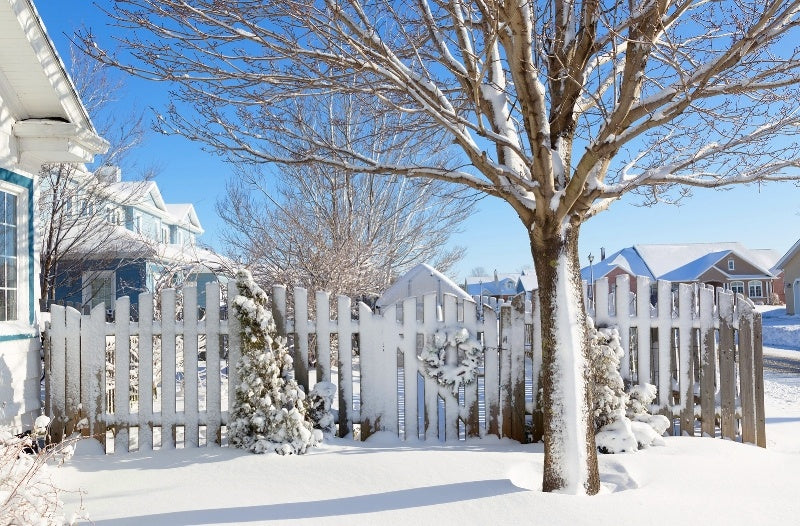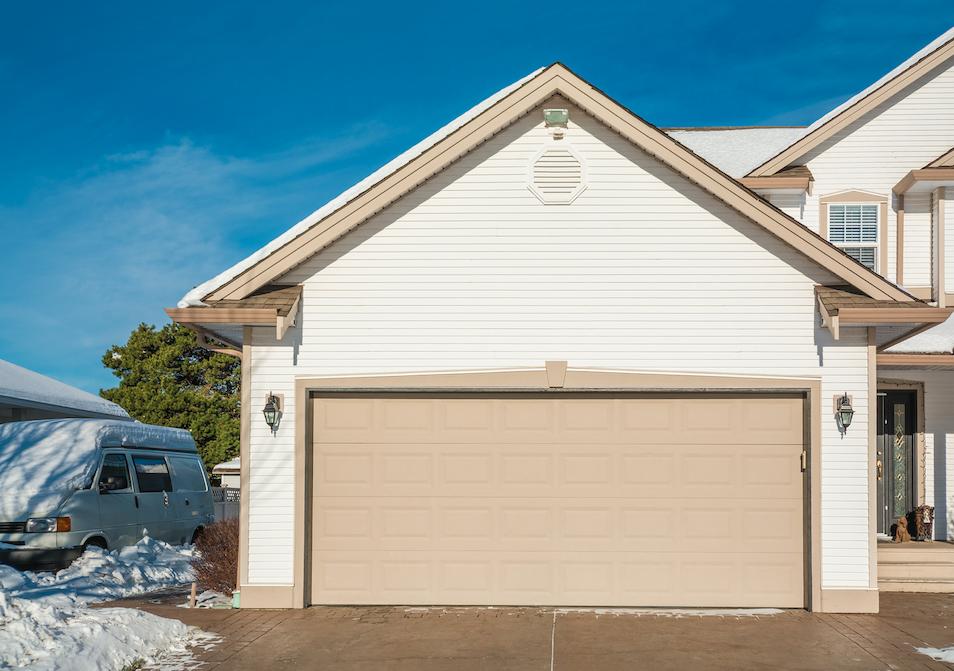Homeowners often spend significant amounts of money, time, and effort at beautifying their lot, both for the sake of "curb appeal" and personal enjoyment. For those who live in the more northerly half of the U.S. or in Canada, however, winter can be brutal to their manicured lawns and trees.
When snow and ice damage or destroy your turf or trees, this is commonly known as "winterkill." Below, we look at four ways winterkill affects your turf and four ways it can affect your trees, while offering some advice on how to minimize the risk.
Winterkill of Your Turf
In cold climates, turf death is a constant threat during the winter, and it may take a well thought out plan to prevent it. Here are the four major types of winterkill as they affect homeowners' lawns:
- Desiccation
When your turf is dehydrated by winter's cold, dry winds, whole grass plants can die off as a result, leaving unsightly bare spots to greet you in the spring. Hills and certain grass species, such as Kentucky Bluegrass, are particularly prone to desiccation. Prevention is often best handled by top-dressing your lawn with a layer of sand or by using fabric lawn covers or wind screens to reduce wind exposure in sensitive areas.
- Low-Temperature Kill
Grass can also be killed by the sudden onset of low temperatures, as when a severely cold early winter follows close on the heels of a relatively warm late fall. This situation prevents plants from undergoing their natural hardening process, which prepares them to endure the winter season. Homeowners can guard against low-temperature kill by avoiding the use of nitrogen-rich fertilizers from mid-fall on and by reseeding as early as late summer. This will give new growth the time it needs to mature and harden before winter.
- Ice Encasement
When thick sheets of ice cover the surface of your yard, your grass is essentially "suffocated." Oxygen levels plummet, while toxins build up. In as little as a few weeks, ice encasement can kill much of your turf. In mild climates, you can probably just apply deicer or use an ice pick to get rid of ice sheets in your yard. In extreme climates, however, it may be wise to lay down a three-layered protective covering. You will want an impermeable layer on top, a semi-permeable layer on bottom, and a layer of straw in the middle to act as a kind of insulation.
- Crown Hydration
Crown hydration often occurs in late winter when the freeze-thaw cycle is in full swing. When temperatures jump up, grass crowns de-harden and re-hydrate; when temperatures fall, the crowns can be caught off guard, frozen, and killed. Good drainage is one key to avoiding crown hydration. The other key is to avoid fertilizing or doing anything to bring grass out of dormancy until you are sure it is safe to do so.
Winterkill of Your Trees
Trees, as well as bushes and plants, can also suffer from winterkill, though in somewhat different ways than your turf. As trees are much more expensive and slow to replace than grass, homeowners do well to take measures to protect them during the winter. Four major dangers your trees face during winter are:
- Salts and Deicers
While rock salt and other deicers can help keep driveways and walkways clear of ice/snow, some stray salts inevitably make their way to the lawn and harm/kill plant life. To fight back, aerate your soil, maintain optimal surface drainage, and apply deicers with care.
- Mice and Pests
Mice, rabbits, and other pests will tend to gnaw on tree bark in mid-winter when food becomes scarce. To avoid this damage, cut back grass and weeds at least two feet (0.6 m) from the base of trees and, where necessary, wrap tree trunks with screen wire.
- Winter Storms
Blustery winter storms frequently bend, crack, and break off tree branches. This is especially true of evergreens and of branches already dead, weak, or crotch-angled. It is best to clear off bad branches before winter begins and to tie swaying branches together with string.
- A Spring Frost
Not only grass but trees, bushes, and plants can be caught off guard by a warm spell followed by a chilling frost in unstable spring weather. The best protection is to heavily mulch around the base of trees/plants to increase soil temperatures.
A home's landscaping will affect its resale value as well as its enjoyment value to the present owner. Investing in trees and landscaping can be a wise move, but unless you are careful to guard against the effects of winterkill, much of your landscaping may never make it to next spring.


